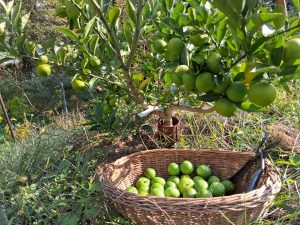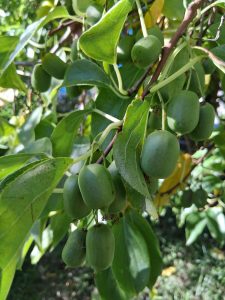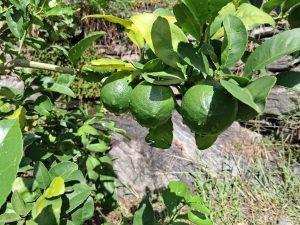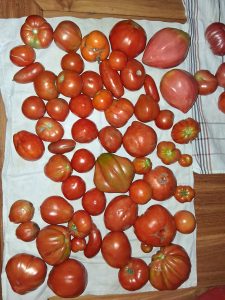Mandarin trees have been sold out in our store for a few days now.
In May, Satsumas will be back, along with a few new items.
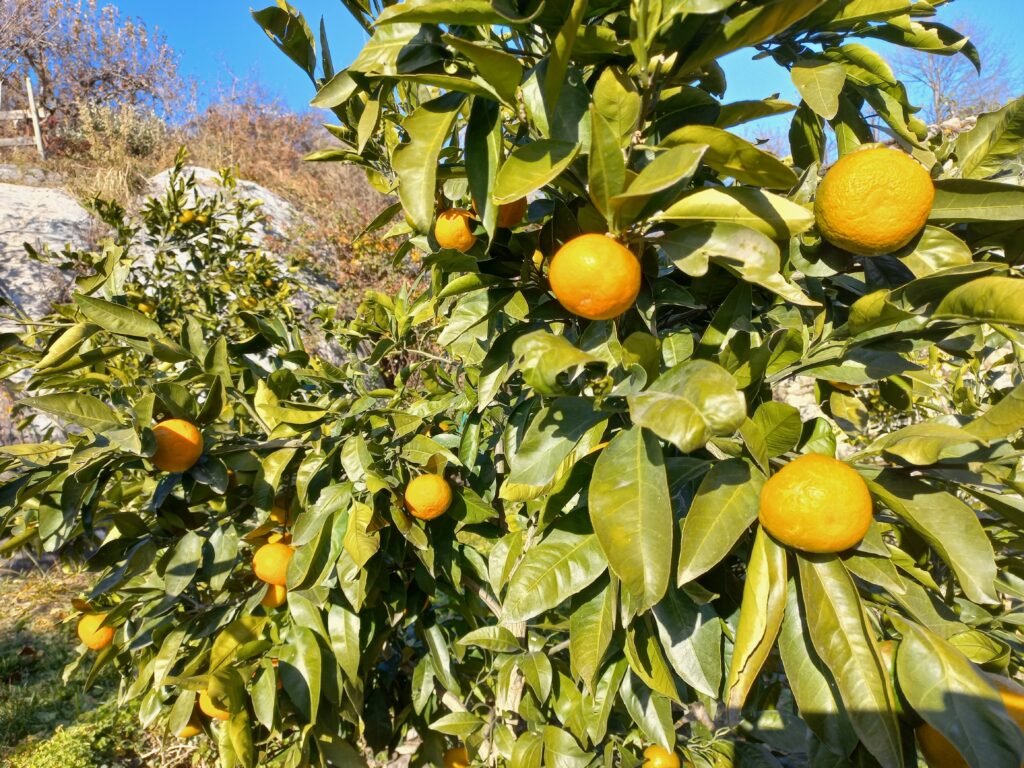
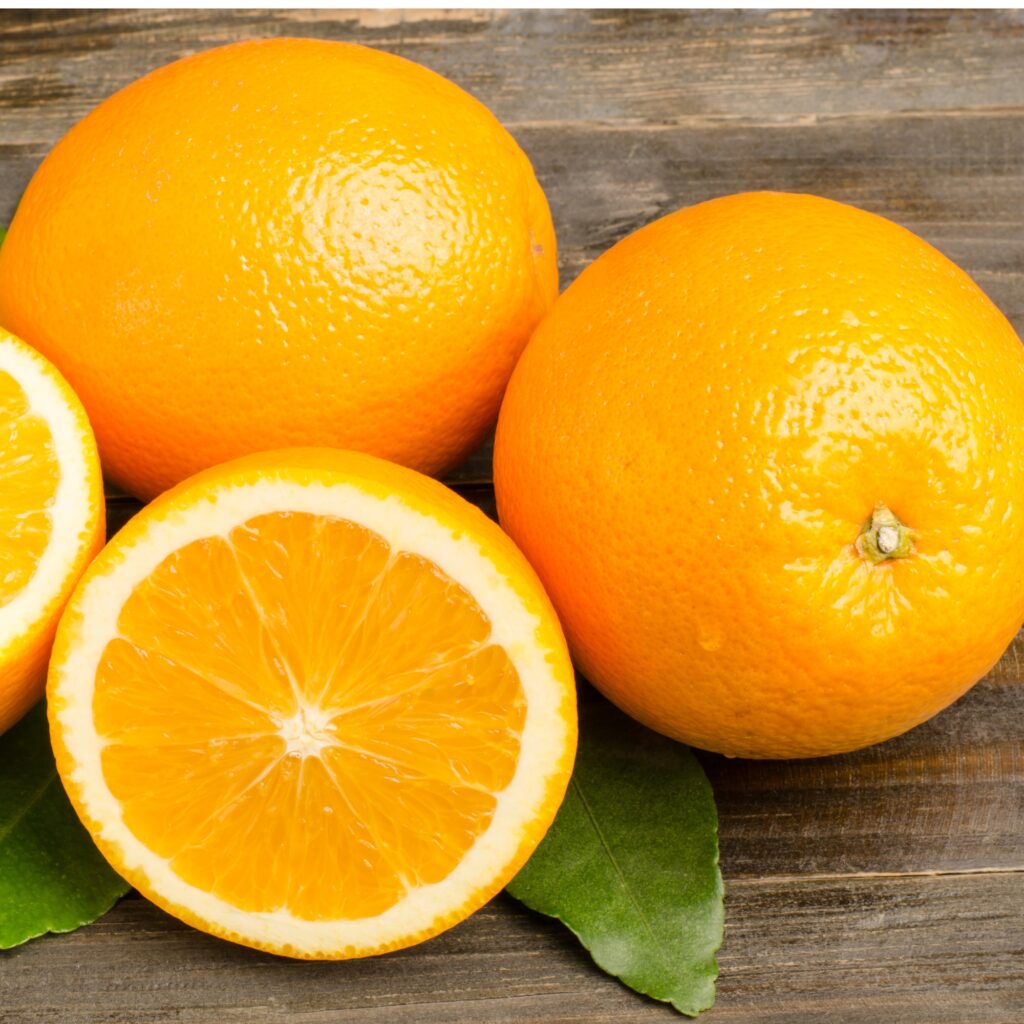
First with the Washington Navel orange, slightly later than Navelina: harvesting can begin in January.
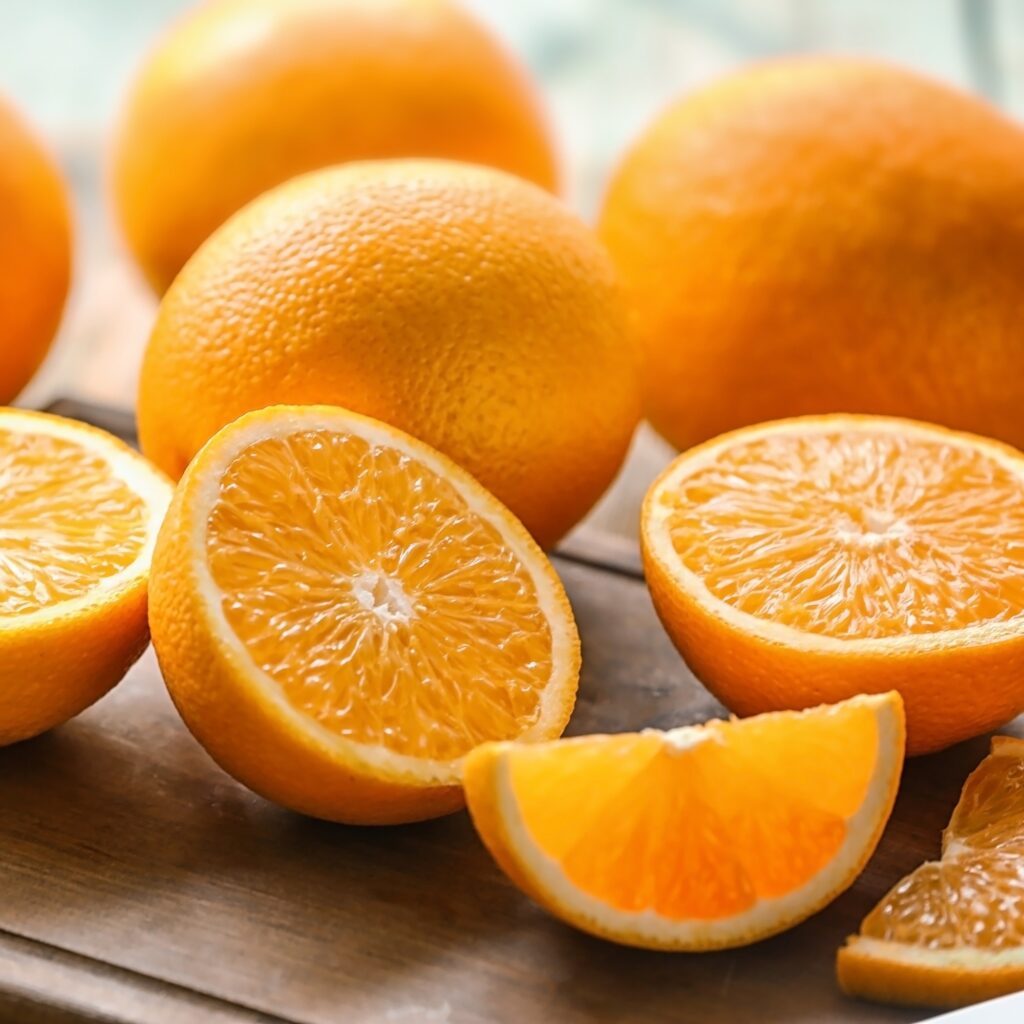
The tree is smaller and less vigorous, but just as productive. It is suitable for small gardens, as its adult size is much smaller. The fruit, however, remains of good size, around 200 grams.
In commercial plantings, the Fukumoto variety increases the number of trees per hectare and total production.
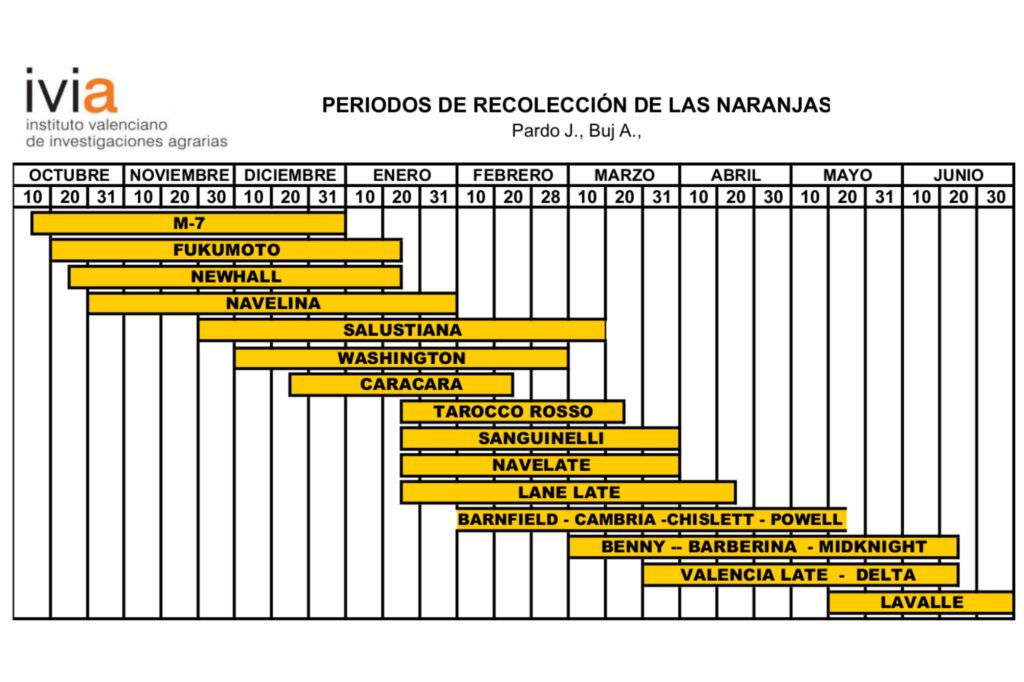
Note that these harvest dates are for Valencia, where the climate is very different from Switzerland.
In Ticino, in our experience, thesesameorange varieties take around 3 weeks longer to ripen.
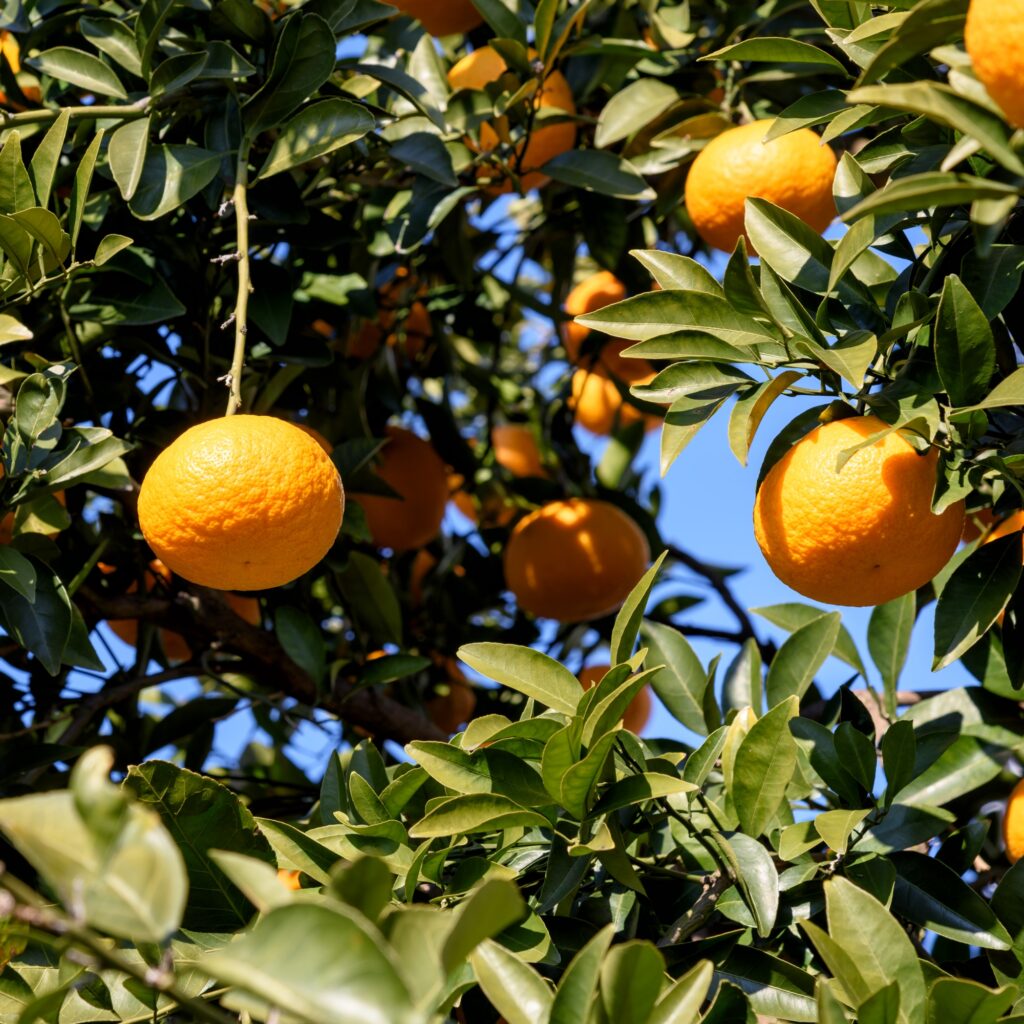
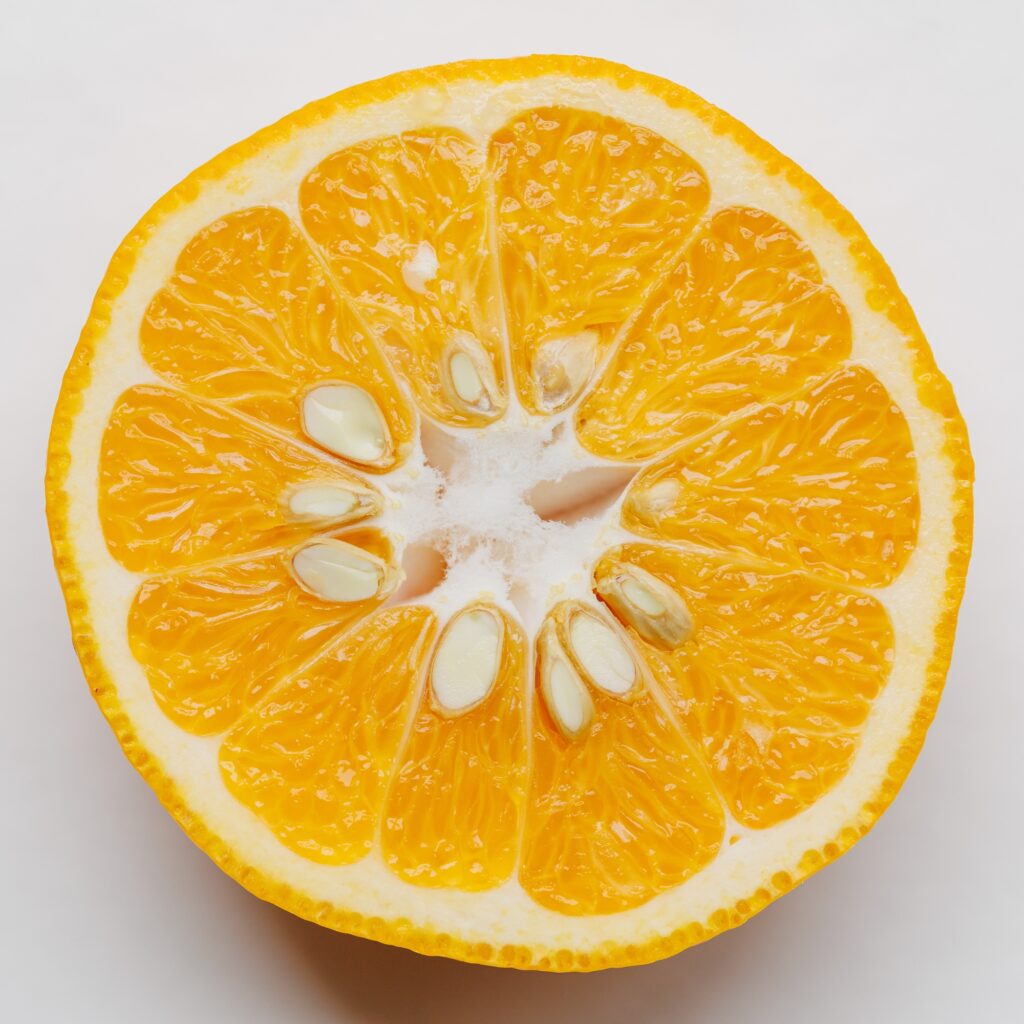
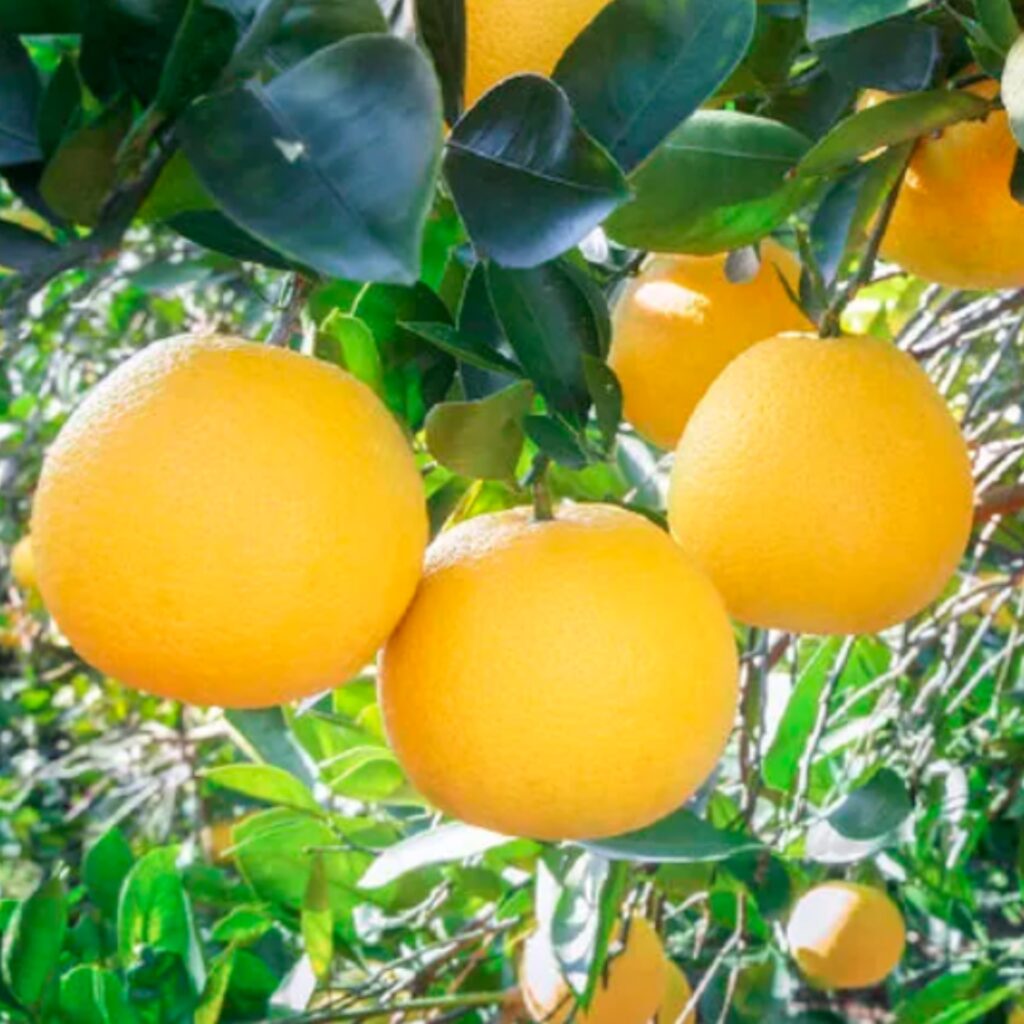
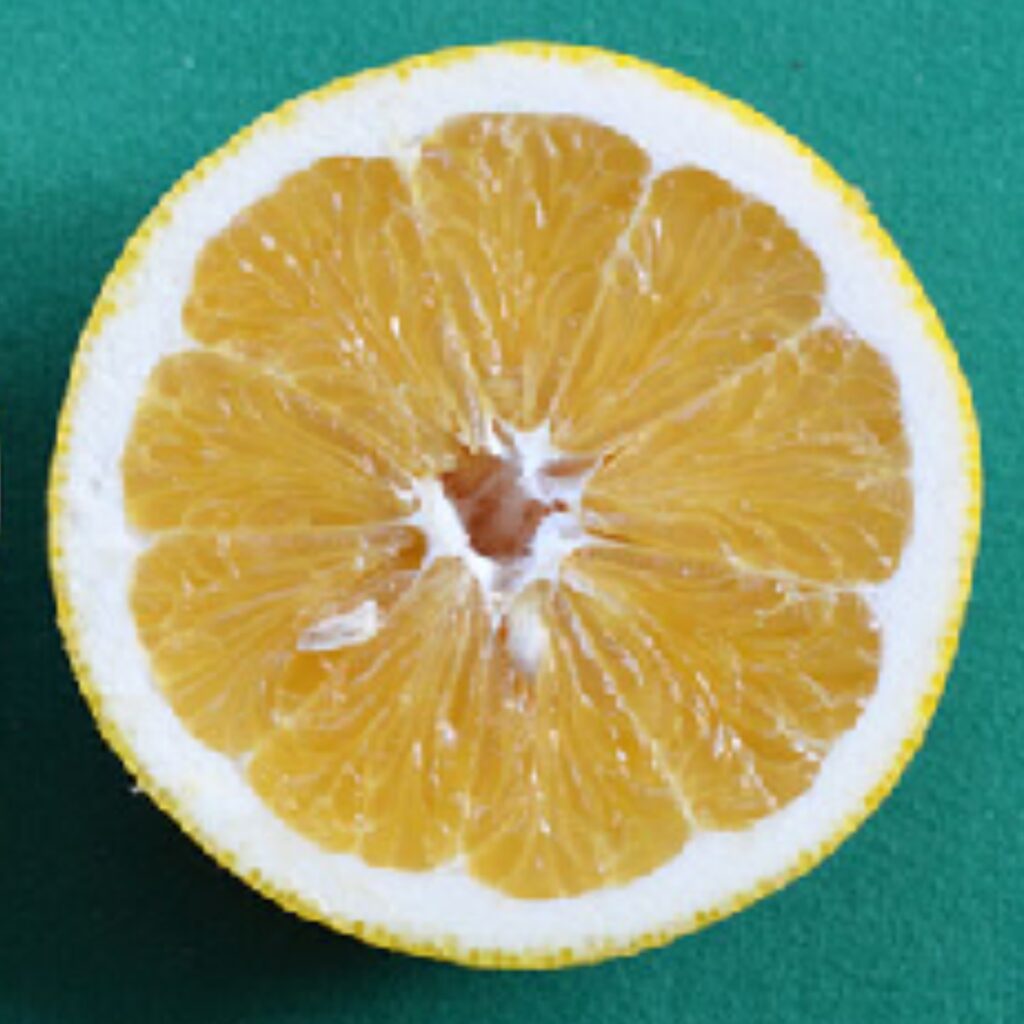
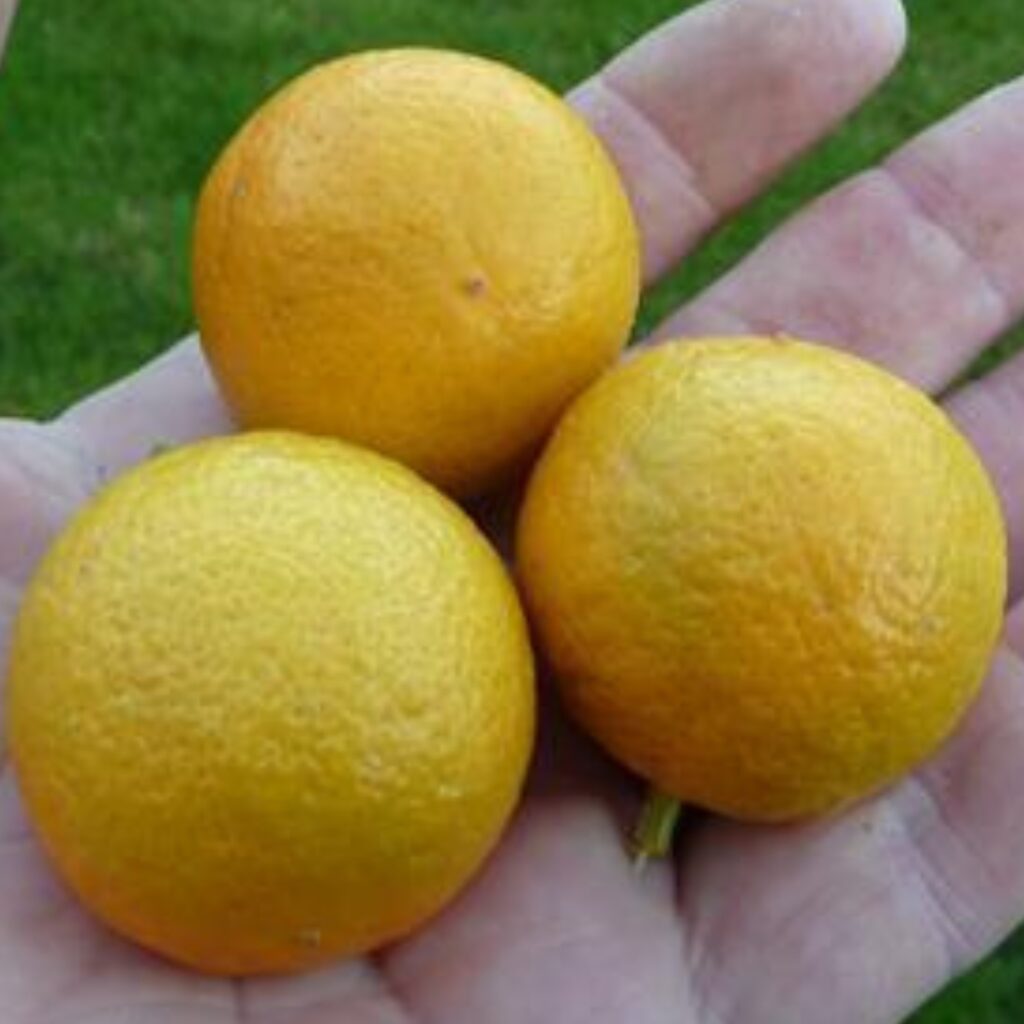
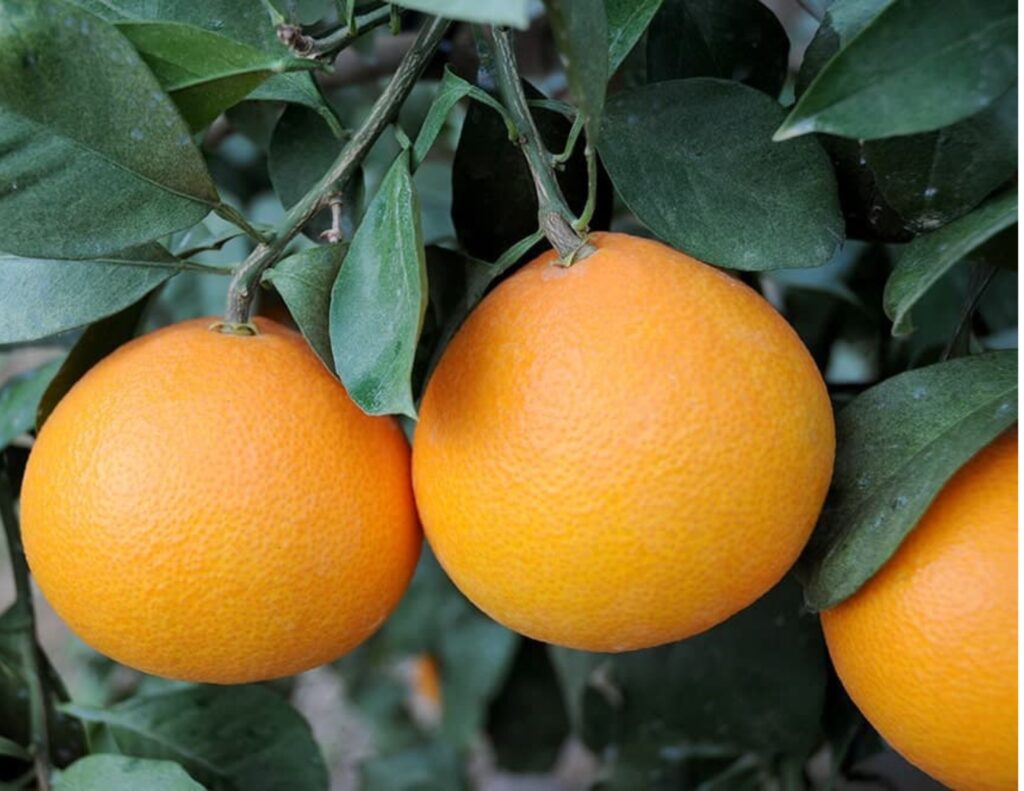
It is the first of the “jelly citrus”, citrus fruits with gelatinous flesh that are a huge success in China.

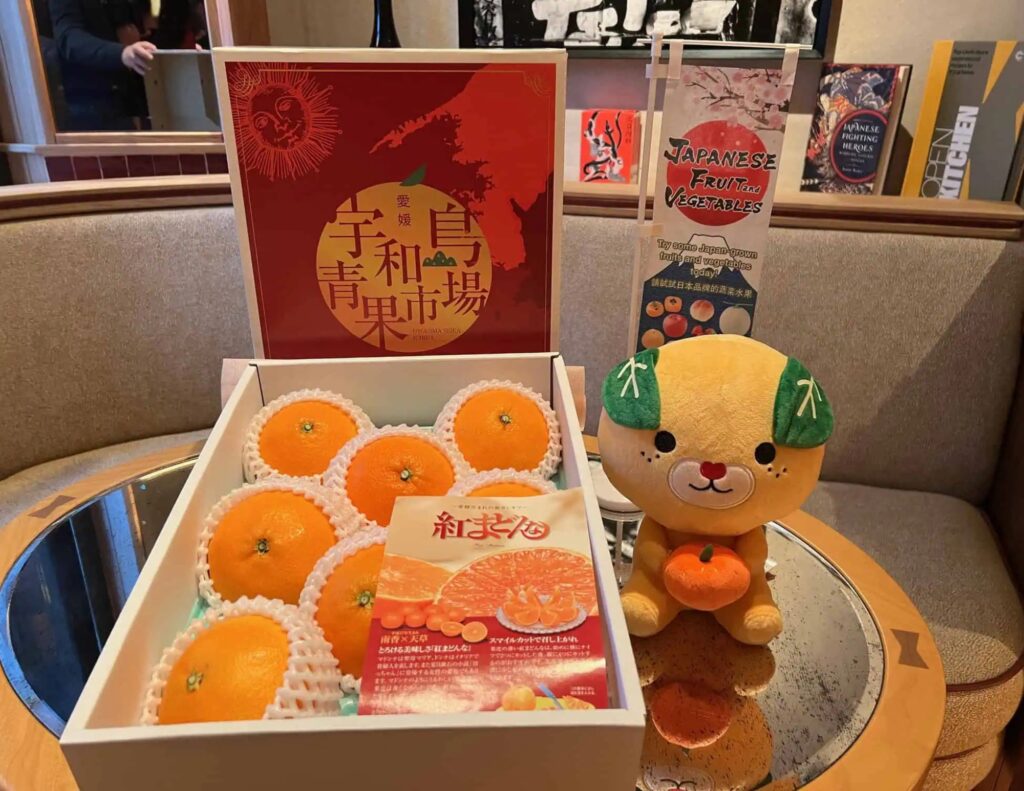
Satsumas and all these new varieties will be available for sale in May, both in-store and online.
If you would like to be notified of their availability by email, please send us a message.

